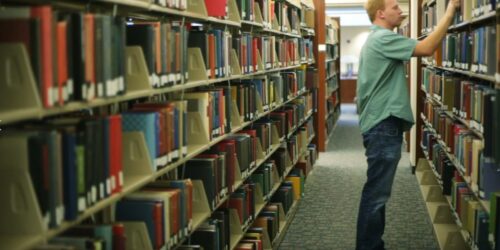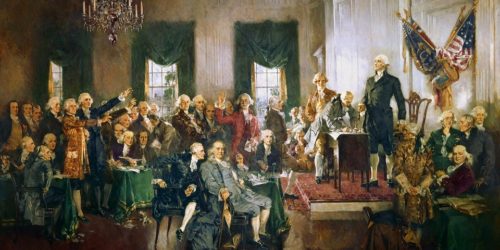 |
| https://researchworks.oclc.org/archivegrid/ |
Quoting from the OCLC Research webpage,
ArchiveGrid is a collection of over four million archival material descriptions, including MARC records from WorldCat and finding aids harvested from the web. It is supported by OCLC Research as the basis for our experimentation and testing in text mining, data analysis, and discovery system applications and interfaces, and it provides a foundation for our collaboration and interactions with the archival community.
ArchiveGrid provides access to detailed archival collection descriptions such as documents, personal papers, family histories, and other archival materials held by thousands of libraries, museums, historical societies, and archives. It also provides contact information for the institutions where these collections are kept.
The website contains information from over 1000 archival institutions around the world. Quoting from the website itself,
Some collection descriptions include links to images, sound recordings, or other online materials. You can narrow your search results to those that have links to digital content by adding ” has_links:1″ to your search.
For example, when I search for “Tanner Family,” I get 2,110 items which include items that are about my own ancestors. Here is a screenshot with the relevant collections marked.
The actual documents are not on the website or available through the searches. Here is what I saw when I clicked on the link to the George S. Tanner photograph collection.
 |
| http://archiveswest.orbiscascade.org/ark:/80444/xv93139 |
To see this collection, I would have to go directly to the University of Utah Special Collections in the J. Willard Marriott Library on campus. Because the collection is in the Special Collections Library, Here is a screenshot of the Special Collections Library page.
 |
| https://www.lib.utah.edu/collections/special-collections/ |
If you look at the requirements for doing research in the Library, you will see that it will take some time and effort just to make an appointment and gain access to the collections. You will really have to do a lot of your research in advance so you know what to request. These requirements vary from archive to archive but most require a research account creation before entry is allowed. If you understand all this and have been through the process, you can see why many of these resources are “underused.”






